
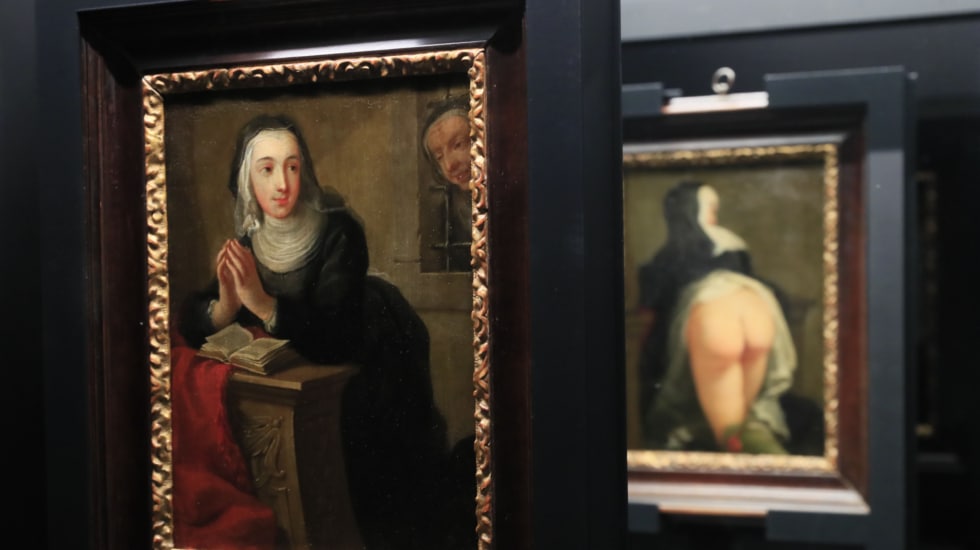
A view of Martin Van Meytens’s The Kneeling Nun (1731) at a new exhibition at the Prado Museum.
The Prado National Museum took down its paintings and turned them over. Not all, but almost a hundred of them so that we can look behind them and discover the “hidden side of works of art” and everything they hide. Along with them, they presented a dozen more works that they brought from large institutions. Reverse, an exhibition that will open on November 7 and can be visited until March 3, where 105 works will be shown, where the main thing is their support.
The idea originated with the artist Miguel Angel Blanco, who ten years ago called the current director of the Prado, Miguel Falomir, to talk to him about his interest in the reverse sides of the works and to propose developing a project. “He saw that the topic was of great interest and opened the doors of the museum to me. It was a long journey of research and three weeks of editing work,” he explains at the press conference, adding that he believes this is true.” a very open and free exhibition where the visitor can switch between paintings.”
In addition, for the first time, the walls of the Prado are painted black. Rooms A and B of the Jerónimos building were painted to imitate “the atmosphere of a cave and so that nothing distracts the visitor.” “We want the viewer to play an active role and for the works to be interconnected; we made unexpected connections,” he says.
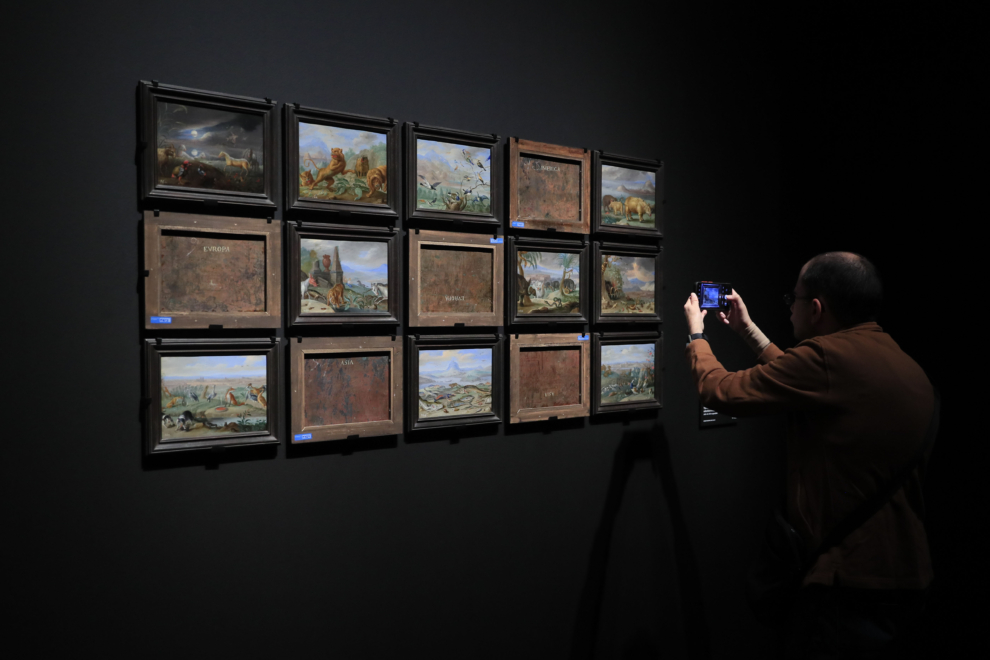
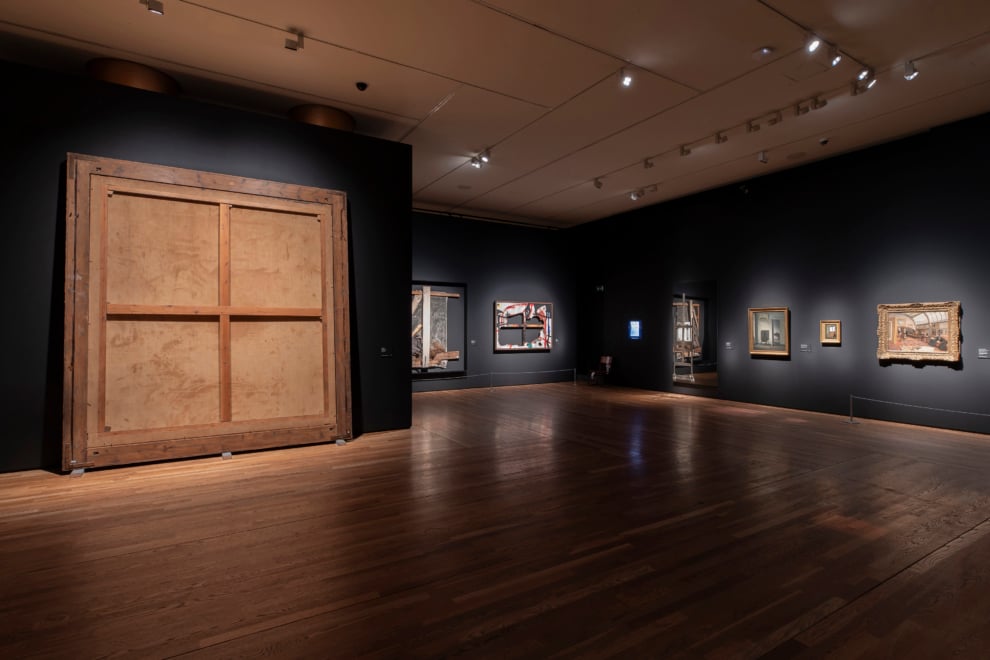
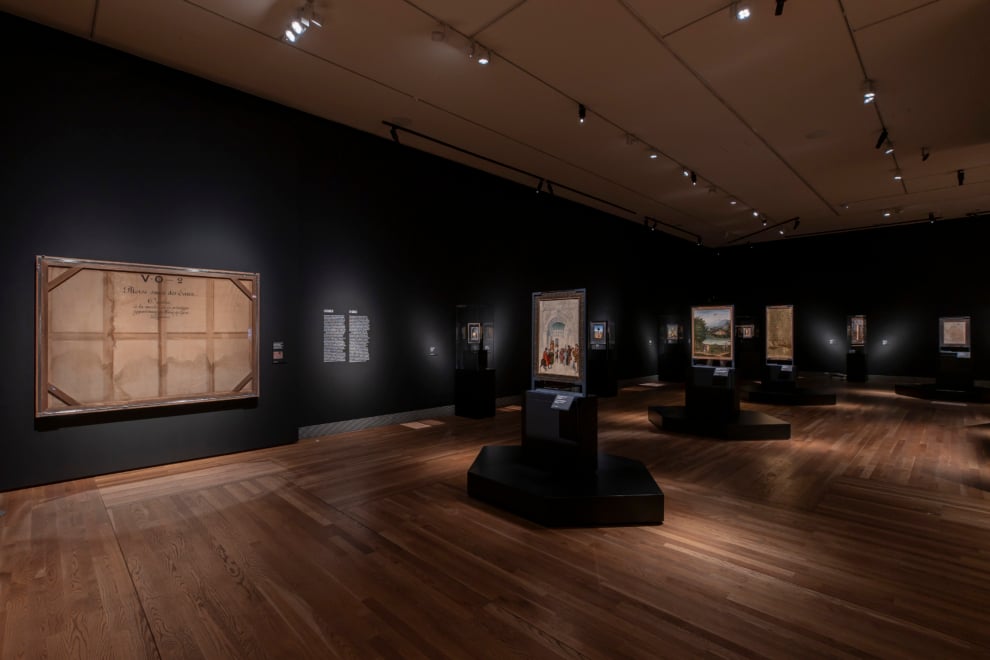
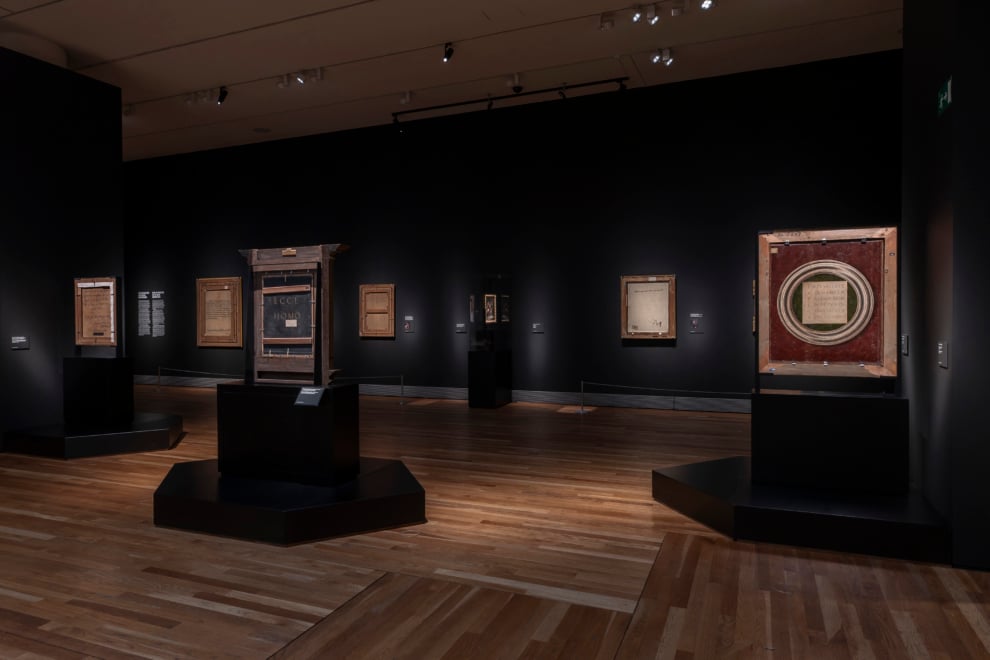
Also works that were never here. Belonging Self-portrait of the artist, Van Gogh, originally from Amsterdam, and the exhibition becomes historic, since it is the first time that a painting by a Dutch artist has come to the Prado, until Artist in his studio Rembradt from Boston Fine Arts. “This painting was never made available for a group exhibition, only for monographs, but Falomir came to Boston and managed to allow it to be here along with others such as Blank maskMagritte; Assemblage and graffiti, Tàpies and the vast majority of the paintings in the exhibition belong to the Prado collection,” says the curator.
“The research work that was carried out on the museum’s funds was intensive. Many of the works in the exhibition are ours, many have never been exhibited before,” Falomir says at the same press conference. Also this Reverses “touches on a theme that is not limited to this moment. The exhibition moves from the 15th century to the 21st century, and it is surprising to see the naturalness with which modern art is written in this discourse. One can also observe how Velázquez and Rembrandt are thinking about almost the same thing and the same, and how the theme of the back eventually becomes an artistic sub-genre,” he adds.
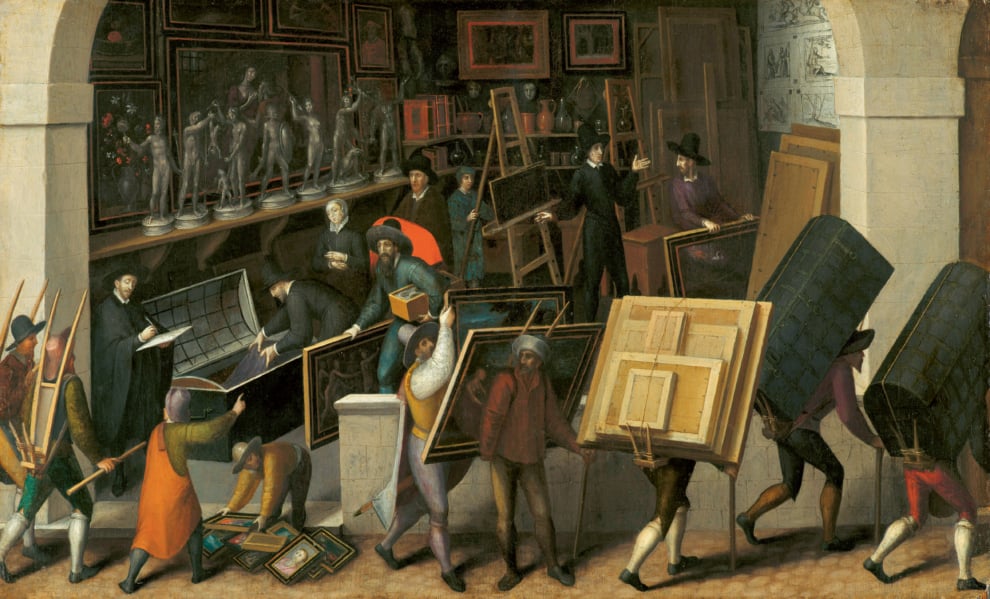
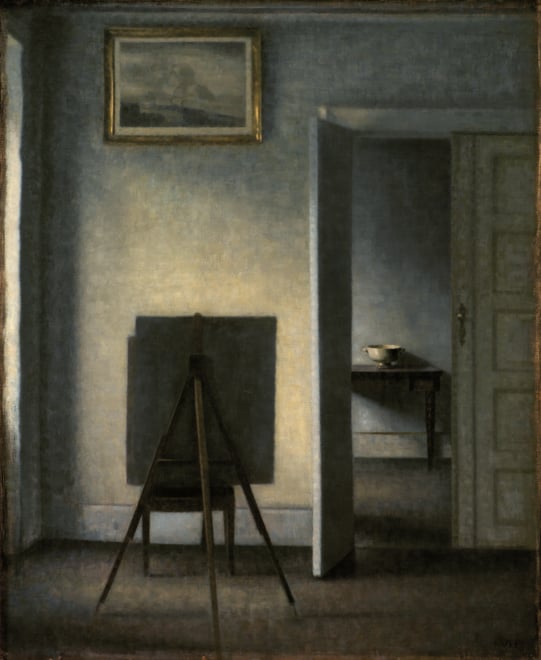
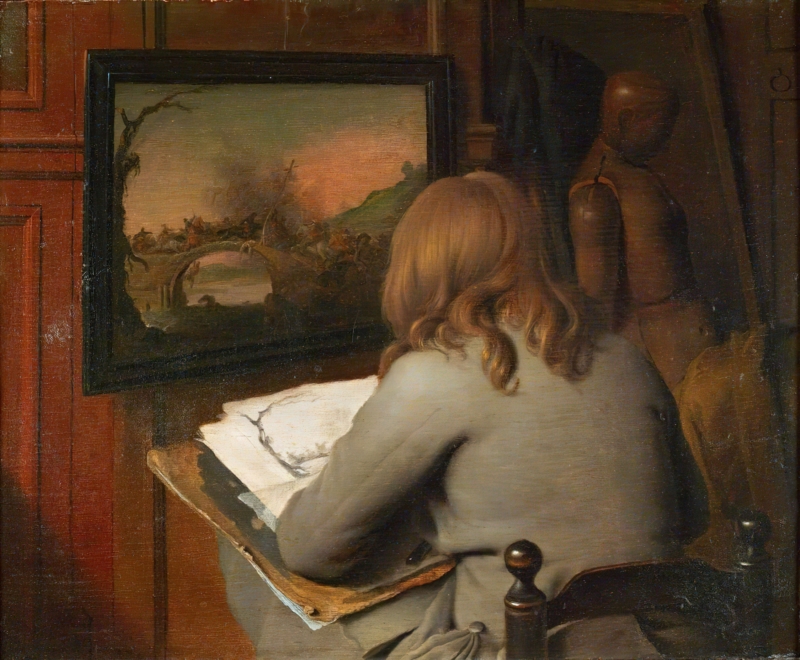
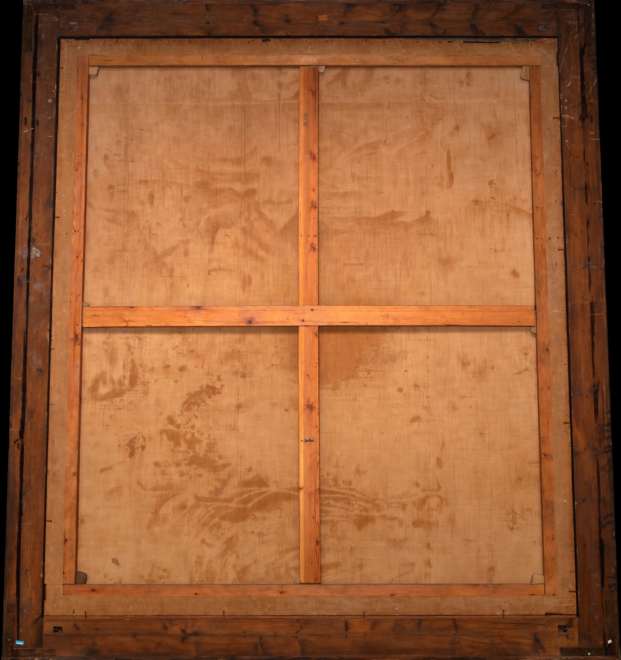
“This is a meta-artistic question, demonstrating the great significance that the hidden side of works, in which there are marks, inscriptions, drawings, could have for artists…”
This includes everyone from the museum’s great artists to other contemporaries such as Sophie Calle, Vik Muniz and the curator himself, who contributed three boxed books from the Bosque Library. “There are no hierarchies or chronological order here, I began with contemplation Las Meninas show backdrops that are of interest for one reason or another. Most of them have not been seen by anyone around, it is forbidden to approach the works, and they are usually prohibited. Reverses can only be viewed by those who do them, so this is the first time the works can be viewed from this perspective,” he explains of the exhibition, which he has divided into ten chapters that begin with Velázquez at his canvas. “Here is a section devoted to depictions of the backs of paintings in artists’ studios. They are often self-portraits behind one of them, but even when they do not seem directly related to the artist’s work, they occupy a very prominent place in this environment as objects of special significance in their research,” the institute assures.
Then, with the help of Magritte, they talk about the trompe l’oeil that appears on the backs of the paintings. “This is a meta-artistic question that demonstrates the great significance that the hidden side of works could have for artists, in which there are notes, inscriptions, drawings…”, he explains and moves from there into a frame like a cross that allows us to grab it when he’s going to move from place to place, and where we can find the one that supported Guernica on her trip to San Francisco. “We brought in part of the original frame that a restorer found; she is perhaps the most damaged in history: a genuine Ecce Homo,” says the curator.
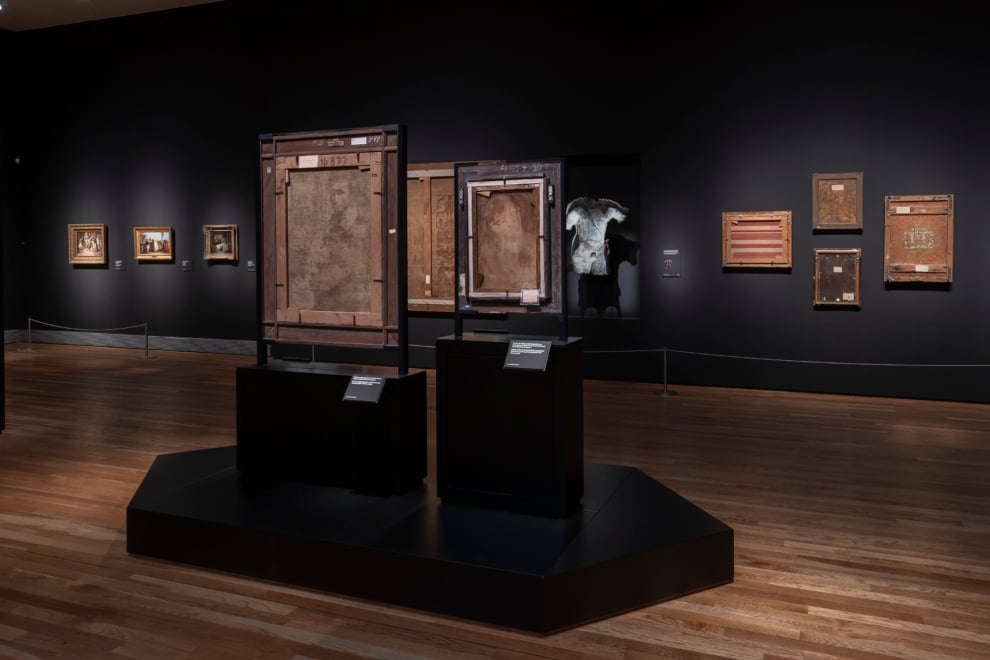
Then we move on to works that can be considered “two-faced,” that is, having artistic essence on both sides, as in the case of Kneeling Nun (1731), Martin Van Meytens; and from there to those on the back of which the artist wanted to indicate themes, personal or comment on the work. And we come to one of the pearls of the exhibition. IN Ornaments and ghosts We can find the inside of Charles V’s armor, dating from the 16th century and made of cast bronze. “It looks like he came out of hell,” Blanco says of the single sculpture Reverses.
“The back reveals the artist’s method and personality. It’s a way to get a glimpse of what’s behind the works, a privilege reserved for restorers, artists and transporters,” says the curator.
Source: El Independiente